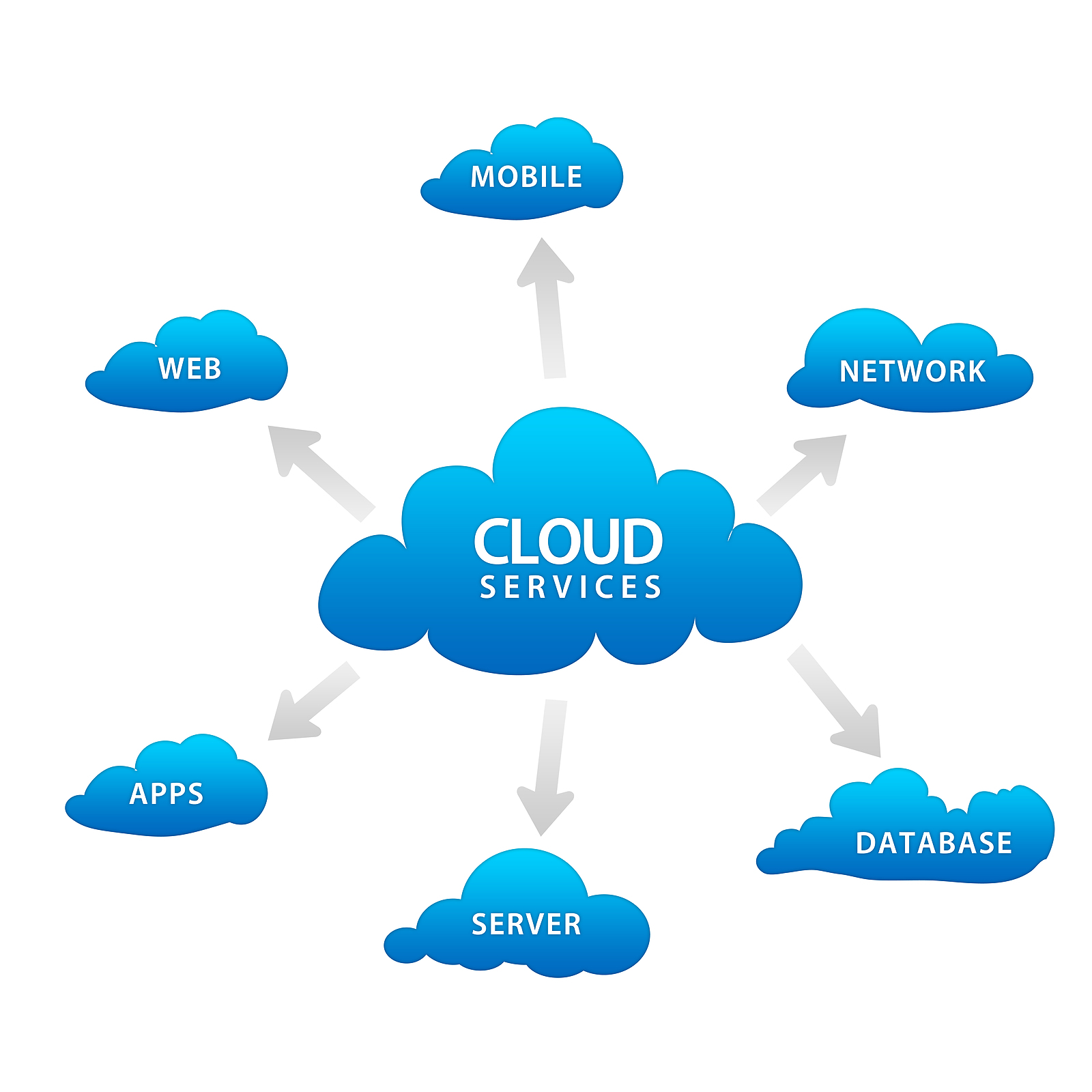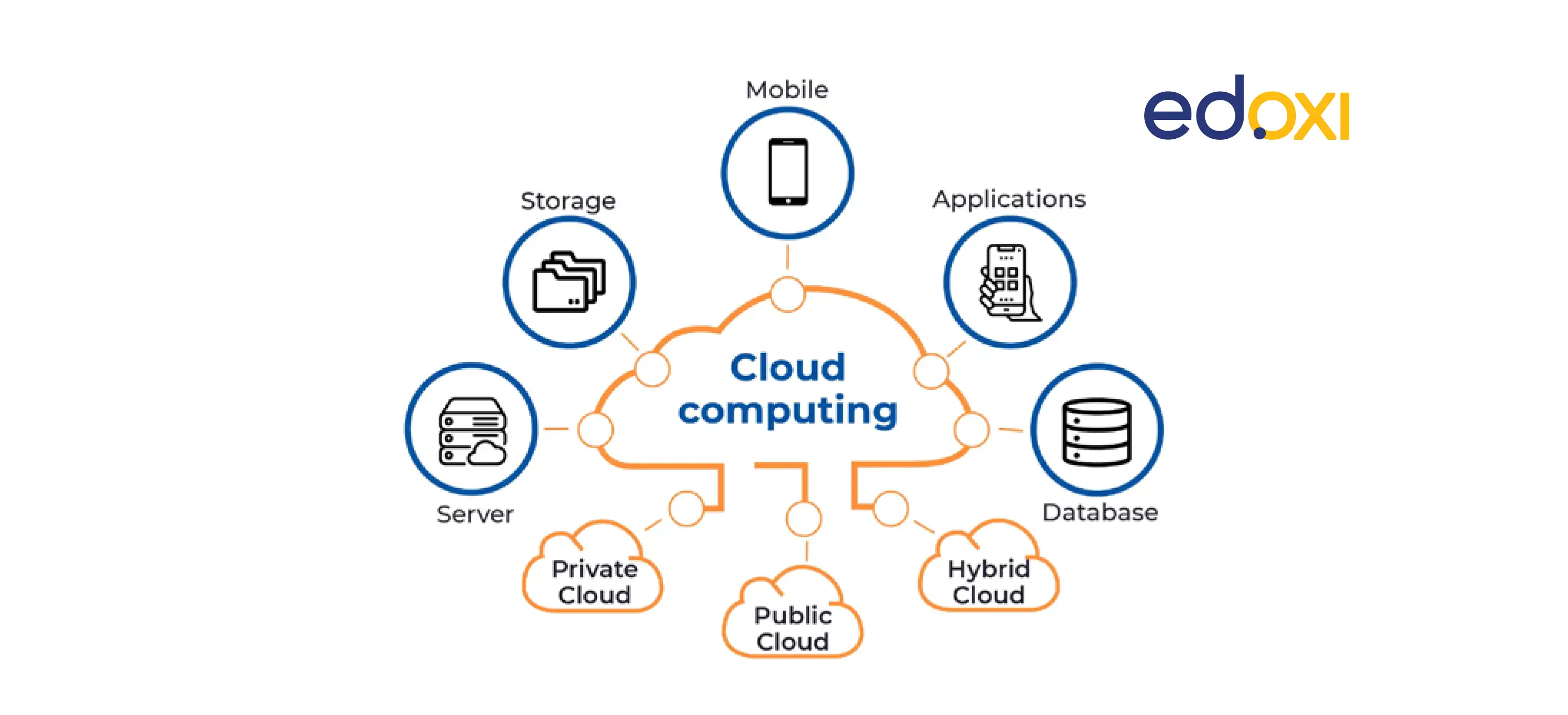Simplify Your Facilities With Cloud Solutions
As businesses browse the ever-evolving landscape of modern technology and data monitoring, the role of cloud services in simplifying infrastructure has actually come to be increasingly famous. Exactly how can services properly browse this transition and truly open the potential of cloud solutions for simplifying their facilities?
Advantages of Cloud Provider
Cloud solutions use a structured strategy to handling IT infrastructure, supplying organizations with scalability, flexibility, and cost-efficiency. Among the key advantages of cloud solutions is the scalability they use. Services can quickly scale their sources up or down based upon need, ensuring they just pay for what they use. This flexibility is particularly advantageous for companies with varying requirements or those experiencing growth.
Furthermore, cloud services get rid of the requirement for services to buy pricey software and hardware. This cost-efficiency is a significant advantage, specifically for small to medium-sized enterprises wanting to decrease ahead of time expenses. By using cloud services, services can access high-quality IT sources without the significant price tag associated with standard infrastructure arrangements.
Furthermore, cloud services give companies with the adaptability to access their data and applications from anywhere with a web link. This degree of ease of access boosts collaboration among teams, makes it possible for remote work, and enhances total efficiency. The versatility supplied by cloud solutions empowers companies to adjust promptly to changing market conditions and client demands.
Price Savings and Scalability
Along with the operational benefits highlighted earlier, the combination of cloud solutions right into a business's infrastructure yields substantial expense financial savings and improved scalability. Cloud services use a pay-as-you-go version, enabling services to range sources up or down based on present demands, therefore staying clear of the prices connected with preserving excess capability. This versatility allows business to adjust promptly to rising and fall needs without incurring unnecessary expenses.
Moreover, cloud solutions eliminate the demand for in advance investments in hardware and software, minimizing capital investment. Operating costs are likewise reduced as companies no more need to manage and preserve physical web servers, bring about reduced energy intake and IT staffing prices. Additionally, cloud solutions give automatic updates and maintenance, making sure that the facilities remains safe and secure and current without requiring hand-operated interventions.
Improved Safety And Security Measures
Implementing rigorous security actions is vital when integrating cloud solutions into a firm's framework to guarantee and safeguard delicate data compliance with sector laws. Cloud service carriers provide boosted safety functions such as data security, firewall defense, and multi-factor verification to alleviate cybersecurity dangers.
Moreover, routine protection audits and compliance evaluations aid recognize vulnerabilities and guarantee adherence to sector requirements. Companies can additionally profit from features like automatic security updates and real-time risk surveillance offered by cloud company. By prioritizing security actions and remaining aggressive in addressing possible threats, businesses can confidently leverage cloud solutions while safeguarding their important data from unauthorized accessibility or violations.
Transitioning to Cloud Infrastructure
To efficiently integrate cloud solutions into a company's infrastructure, a structured strategy that resolves the shift in the direction of cloud-based options is crucial. Transitioning to cloud infrastructure involves mindful preparation and implementation to ensure a smooth migration procedure. The initial action is to analyze the existing facilities and figure out which applications and systems appropriate for migration to the cloud. This examination must consider elements such as information sensitivity, compliance needs, and efficiency requirements.
As soon as the analysis is total, a migration approach must be established. This strategy should describe the timeline, resources, and responsibilities for moving each part to the cloud. It is necessary to communicate this plan clearly to all stakeholders to guarantee positioning and lessen interruptions throughout the transition.
Throughout the movement testing, monitoring and procedure are critical to recognize and deal with any type of issues without delay. Normal checkpoints must be developed to track development and make necessary changes. Furthermore, training for workers on using cloud solutions ought to be given to ensure an effective shift and optimize the benefits of the brand-new infrastructure.
Finest Practices for Cloud Fostering
Effective adoption of cloud services depends upon this page the calculated alignment of business purposes with technical capabilities and business readiness. To make visit this site right here sure a smooth change to the cloud, organizations need to begin by performing a comprehensive analysis of their present infrastructure and determining which work are best suited for cloud movement. It is vital to involve crucial stakeholders from various divisions in the decision-making process to obtain buy-in and address any type of problems early.
Another finest technique for cloud fostering is to prioritize security and compliance. Organizations needs to meticulously assess the security measures used by cloud solution companies and make sure that their data is safeguarded according to market criteria and governing demands. Carrying out durable information security, access controls, and routine safety audits can aid minimize dangers connected with cloud fostering.

Conclusion

As services browse the ever-evolving landscape of innovation and data monitoring, the duty of cloud solutions in streamlining infrastructure has ended up being significantly popular - universal cloud Service. How can services effectively browse this transition and really unlock the capacity of cloud solutions for streamlining their facilities?
Cloud services use a structured strategy to managing IT facilities, supplying businesses with scalability, cost-efficiency, and versatility. By utilizing cloud services, organizations can access web link top notch IT sources without the substantial rate tag connected with conventional facilities configurations.
To make sure a smooth shift to the cloud, companies should begin by performing an extensive analysis of their current facilities and determining which workloads are best suited for cloud migration.